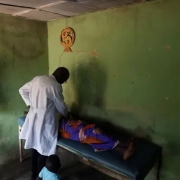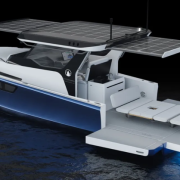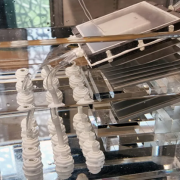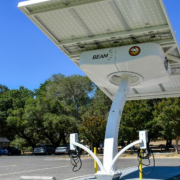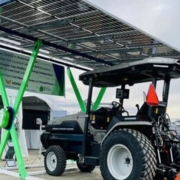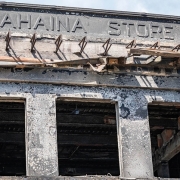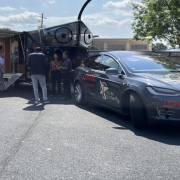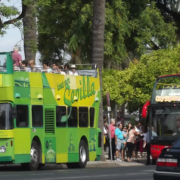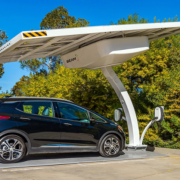All healthcare facilities in poorer countries could be electrified using solar energy within five years for less than $5bn, putting an end to the risk of life from power outages, experts will argue at Cop28 this month.
“I would like the international community to commit to a deadline and funding to electrify all healthcare facilities,” said Salvatore Vinci, an adviser on sustainable energy at the World Health Organization and a member of its Cop28 delegation. “We have solutions now that were not available 10 years ago – there is no reason why babies should be dying today because there is not electricity to power their incubators.
Click here to read the full article
Source: The Guardian
—
If you have any questions or thoughts about the topic, feel free to contact us here or leave a comment below.

